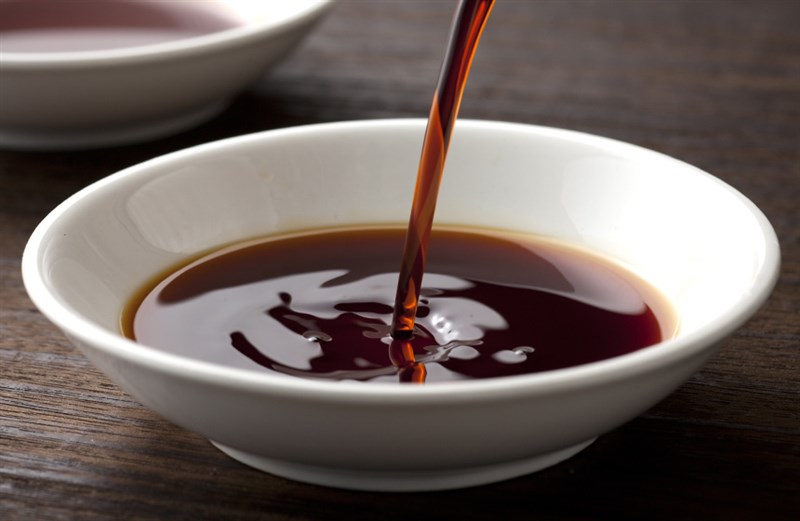Wash and Soak Soybeans
Soybeans are small beans that are beige-yellow in colour. Wash 4 cups of soybeans that you can purchase from any grocery store. Once you have washed and drained them, fill a pot with 18 cups of water, add the soybeans and let them soak for 24 hours.
Drain, Cook & Mash
The soaked soybeans should swell twice the original size before you head to the cooking stage. Drain excess water and cook the soybeans uncovered in the same pot for at least 4 to 5 hours on medium-high heat. You can also use a pressure cooker if you want the soybeans to cook quickly. When using a pressure cooker, add 1 cup water with the soybeans and cover the lid. Cook on high heat for 20 minutes. Once properly cooked, mash the soybeans into a smooth paste using a food processor or a mortar and pestle
Add Wheat Flour
Add 4 cups of wheat flour to the soybean paste. Knead the dough thoroughly until the soybeans are properly blended with the wheat flour. Don't add any extra water.
Let Fermentation Begin
Koji is a bacterial culture, with the scientific name Aspergillus oryzae, that helps ferment the soybean paste. It is usually grainy as it is made with the culture inoculated in rice grains. In India, you can easily buy it online. Unfortunately, there is no alternative to a Koji starter to kickstart fermentation for soy sauce. Sprinkle the ‘koji starter’ on your wheat and soy dough according to package instructions and combine. This is an important step while making homemade soy sauce as koji gives it a distinct flavour. If you can’t find koji, don’t worry, the alternate (but longer) method has been given at the end.
Transfer to a Tray & Let it Rest
Evenly spread the soya mixture in a 3-inch deep stainless steel or glass tray in a 2-inch layer. Separate the mixture into blocks, each 2 to 3 inches apart from the other. Leaving uneven layers can lead to ‘hot spots’, causing the mold to grow more at some places than the others. You want an even growth throughout the blocks. Let the tray rest in a humid and warm place for 2 days undisturbed. Be aware that as fermentation starts, the mixture will smell. So place it somewhere it won’t bother you.
Make a Brine
In 16 cups of water, dissolve 3 ½ cups of sea salt or Himalayan pink salt. Mix until the salt is completely incorporated with the water. This brine is important as it will protect the soy blocks from sprouting of unwanted bacteria on the surface as it ferments.
Add Dried Soy Blocks To The Brine & Let it Ferment
Add your dried soy blocks to a large jar and pour the brine over it. There should be enough space on the top so that you can stir it regularly. Put the jar in a warm and humid place where it will not be disturbed. Use a spoon or a spatula with a long handle to stir the contents once every day for the first week and once every week for the next 6 to 12 months. Since it will have a strong odour due to fermentation, keep the jar covered tightly. The colour will deepen and start looking more and more similar to soy sauce.
Strain & Pasteurise Homemade Soy Sauce
The longer you let the fermentation go on, the stronger the sauce’s flavour will get. So, you can strain the sauce after 6 months too or you can wait for 12 months if you want an intensified flavour and a deeper colour. It is necessary to strain and pasteurise the homemade soy sauce to get rid of any harmful bacteria. Strain using a cheesecloth and press the solids with a spatula until all the liquid is extracted. Heat this liquid on medium-high heat on a temperature of 79 degrees Celsius for 20 minutes. When the sauce cools down, store in the fridge in a tightly covered bottle.







.webp)

















